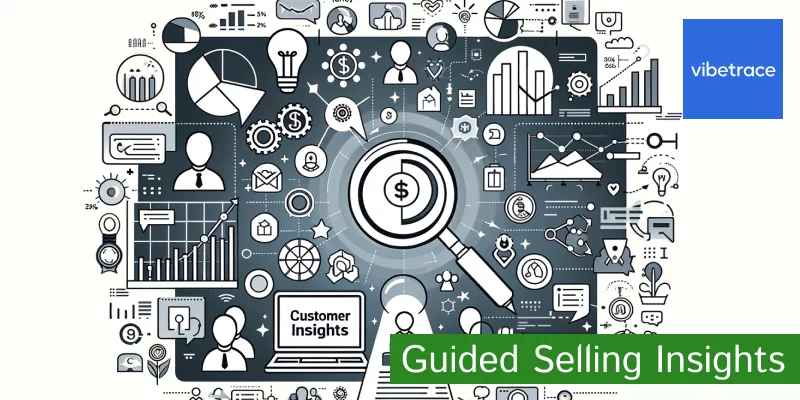When we talk about guided selling, we tend to focus on the way it helps the end user to make informed purchases, or how it helps brands engage with their customers online.
Scratch below the surface, and you might be surprised to find a hidden power of guided selling.
Although guided selling’s primary use is to lead your customers to the best product for their individual needs, these tactics can also help you uncover more information about your customers.
Even better, it’s information that’s willingly provided. In today’s climate of privacy conscious customers, it’s a win, win situation.
Why are customer insights so important right now?
Looking back through our own client insights, one of the biggest pain points our clients have is not understanding enough about their customers.
Brands often can’t put their finger on why some products are bought over others, why customers window shop without buying anything, or why some product categories have such high traffic and few conversions.
Without knowing the reasons behind these shopping behaviours, there’s little we can do to influence them.
By increasing the amount of data we have around our customers’ wants and needs in each product category, we can ensure we’re offering the right products to the right people – at the right time. Ultimately, by understanding and improving customer buying journeys, we should be able to sell more.
At a time when consumers are more sensitive than ever about how their data is collected, the zero-party data approach of guided selling offers a great solution.
How to use guided selling for better consumer insights
Guided selling is an ecommerce strategy that allows brands to simulate instore consultations online. By nature, consultations involve a value exchange – providing information in return for advice or knowledge.
By using guided selling to simulate an in-store consultation, brands can remove the guesswork. Customers are declaring their purchase intent and providing first-hand insight into what they’re looking for in your products.
This zero-party data can answer questions like ‘which brands are my customers most interested in?’, ‘are they buying for themselves or someone else?’ or ‘how much are they willing to pay?’.
How to put these insights to use
Great, so you’ve got the insights. You know that 62% of those that engaged with your guided selling consultation selected ‘Energy efficient’ when asked about the most important feature when buying a fridge.
Also worth mentioning, 21% selected ‘Enough space for the whole family’.
Now what?
Do you like this article?
Join our CX for Retail dedicated newsletter!

Stay connected to what’s really important to optimize your digital revenues.
By clicking the button, you accept our Terms & Conditions. Also you will need to confirm your email address.
There are several ways you can use this data to carry out some AB tests. Here’s a starter for ten.
AB test different page structure based on product features. For example, AB test your current fridge landing page with one tailored specifically to energy efficient models and see if this increases conversions.
Trial messaging on your homepage linking through to the different testing pages. In our example here, link to an ‘energy efficient’ landing page, or ‘extra-large family fridges’.
Re-merchandise your fridge category pages to prioritise the energy efficient fridges, followed by your larger models.
Tweak your product descriptions to call out these popular proof points.
Create a marketing campaign around these two consideration points, driving traffic to your website.
Guided selling makes all these opportunities possible by providing actionable customer insights.
Ready to start learning?
Chat with the Vibetrace Team today, to hear how guided selling could help increase your customer insight.

